Metrum Acoustics Amethyst DAC +USB +HeadAmp
The Amethyst is our new entry model using our praised "forward correction technology" . Due to this technology a real 24 bits performance is realized and probably the most advanced way to give R2R technolgy new dimensions.
As a result music will be more exiting as details on very low levels will be audible. The Amethyst can meet the best systems today in terms of sound quality as it borrows all the good things from our top models Pavane and Adagio. Like her predecessor the Amethyst is designed for the same basic frame but electronics have been redesigned for future tasks. In addition we have implemented a new and powerful headphone amplifier having its own volume control.
The Amethyst is using two Transient R2R ladder Dac TWO modules. This simple design gave us lots of compliments and testimonials. Creating a high end dac has never been so simple. These modules can handle extreme high sampling rates but are limited to current industry standards which has its maximum (384kHz) on the USB input. The result of this process is an extremely fast and accurate behavior and brings listening experience on a much higher level.
High resolution linearity plot of DAC TWO (please see image "1000 step linearity plot DAC TWO module"). The analyzer is struggling to show us the last bits down to -140 dB. In case more bits are involved the steps are shrinking and more resolution is available. This extreme linearity is realized by our forward correction techniques and improves reproduction of the lowest musical details.
Despite the fact that both dac modules are build on the same board an extremely high channel separation of 110 dB is realized. This contributes to flawless positioning of instruments. However, we do not only evaluate a result basing on measurements, because sometimes they are taken at the wrong place. The perception of a sensible human brain/ear system is very important.
Still people do not realize the size of our dac modules (please see image of the DAC TWO on a credit card). For instance the Transient DAC TWO module has two R2R ladders, an FPGA and the I/V section under the hood. About half the size of a credit card and nothing to add except power and data. How simple can it be :-)
Just a note to discrete R2R ladders and why they cannot work properly (see
resolution table image):
1 no more accuracy than 0,01% so not more than 14 bits precision.
2 Too much temperature differences over the entire pcb leads to linearity problems.
3 Sensitive for pollution and humidity.
Therefore we only use lab grade laser trimmed ladder networks to get perfect
linearity and real 144 dB dynamic range. Next they should be encapsulated to
avoid mutually temperature changes and pollution. This table tells everything
but also tells you that more than 24 bits at the analog side is an Utopia due
to Johnson noise. Do not be fooled!!
How important proper signal routing is in case of mixed disciplines both analog and digital on one pcb. Further proper star ground can avoid any hum. Look at the picture named "New Generation DAC TWO proto dac board": DAC TWO used on a new proto board. An 882 Hz test tone at -90 dB is used but no rests of 50/100Hz is visible.
The headphone amplifier has 1W of output and gets his power from a powerfull 30VA power supply. When the the Amethyst is used as a dac this power will be available for the dac only.
Specification:
|
Working principle:
|
Non oversampling dac. Forward corrected, 1x DAC TWO module pro channel . 0.006 % THD -145 dB related to 2 Volt RMS 24 x 19 x 6 cm
|
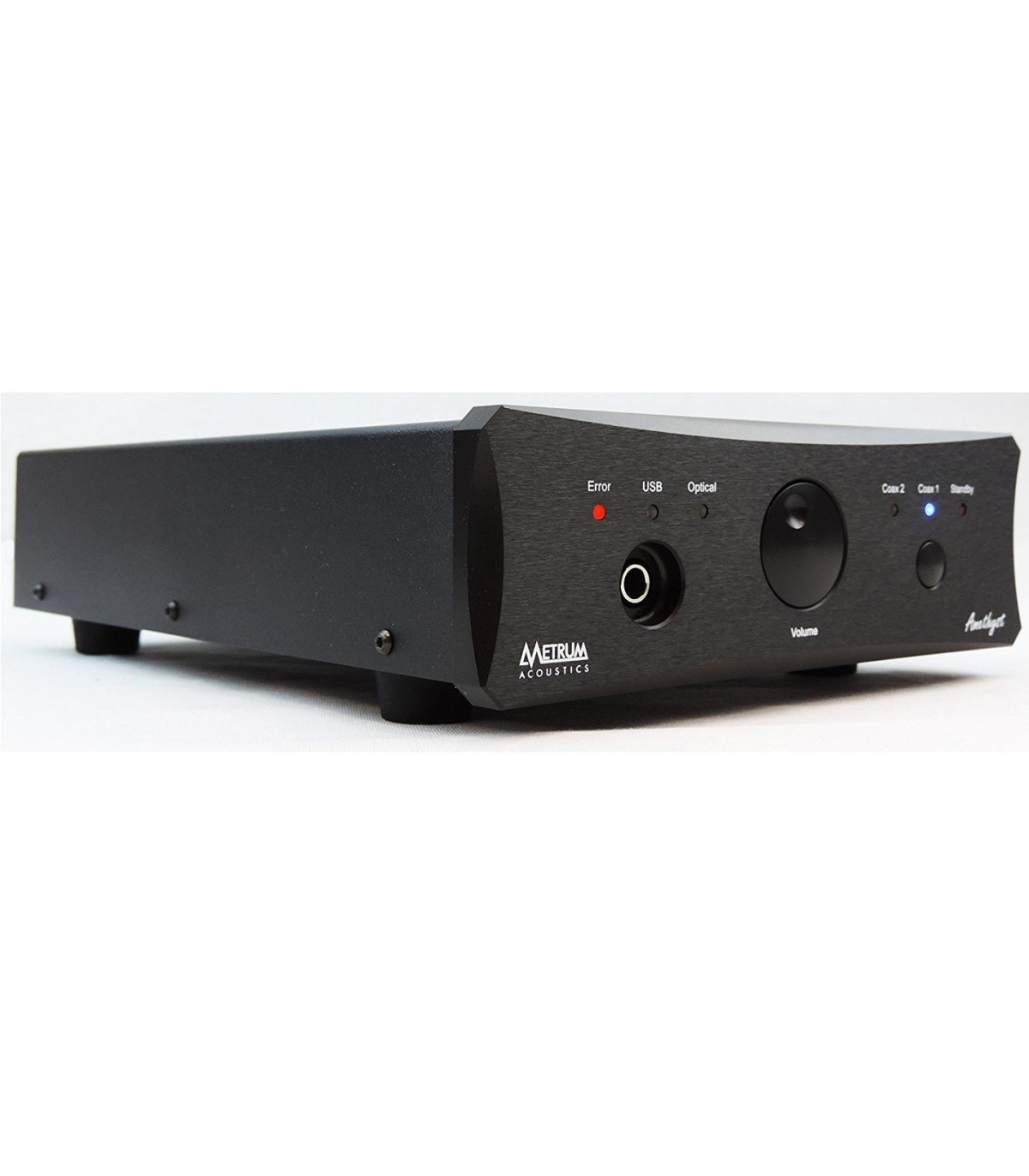


























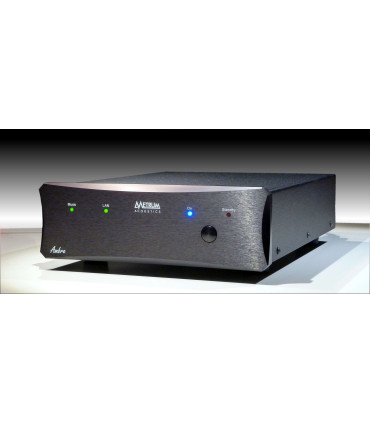

![iDSD Valkyrie DAC and Headphone Amplifier [2nd hand]](https://www.playstereo.com/23708-home_default/idsd-valkyrie-dac-and-headphone-amplifier-2nd-hand-.jpg)
![IFI iDSD 2 DAC and Headphone Amplifier [2nd hand]](https://www.playstereo.com/23713-home_default/ifi-idsd-2-dac-and-headphone-amplifier-2nd-hand-.jpg)
![iFi xDSD Gryphon DAC and Balanced Amplifier [2nd hand]](https://www.playstereo.com/23719-home_default/ifi-xdsd-gryphon-dac-and-balanced-amplifier-2nd-hand-.jpg)

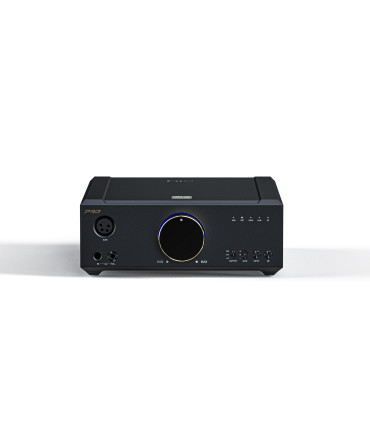

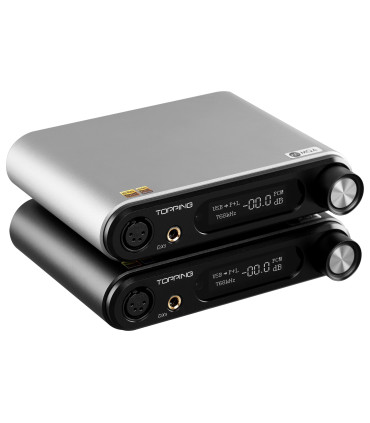
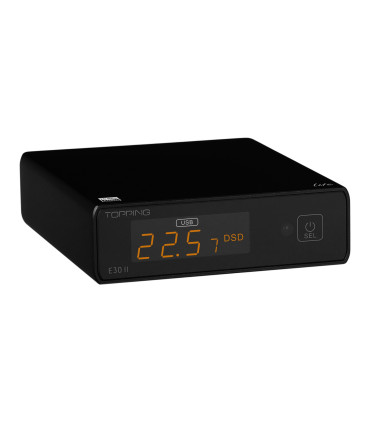


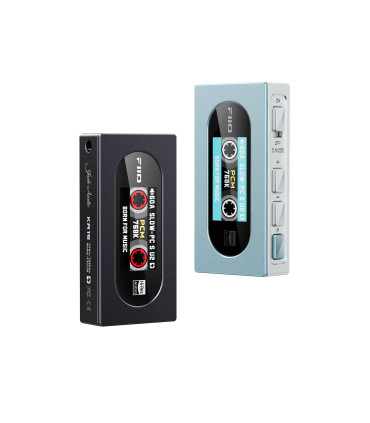
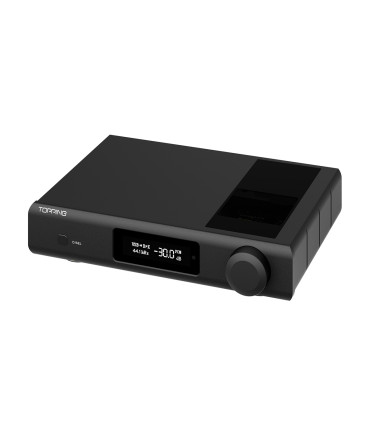
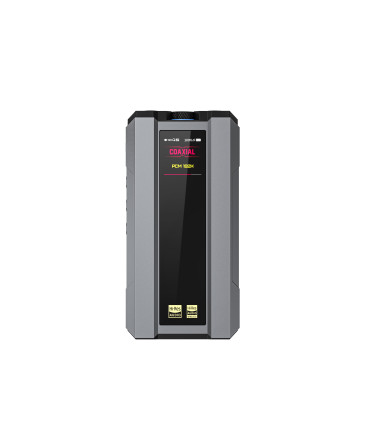

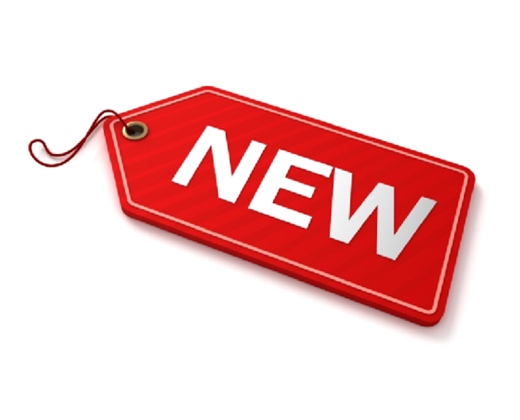

















Leave a review